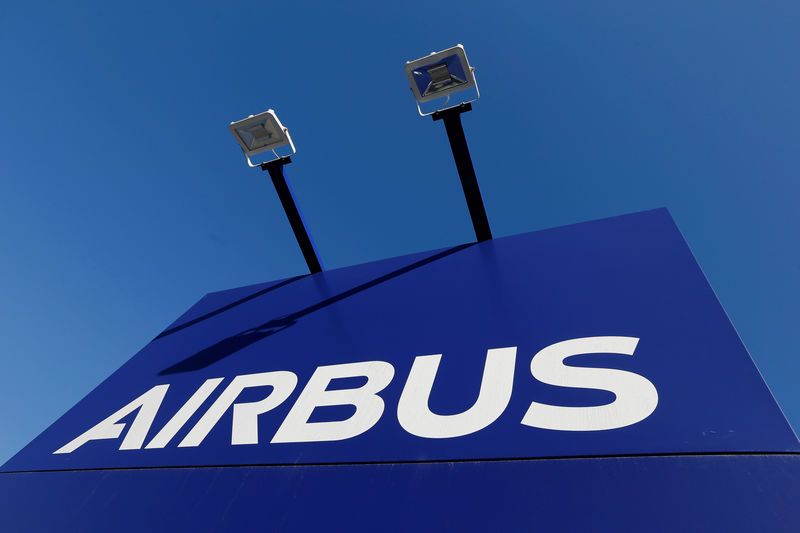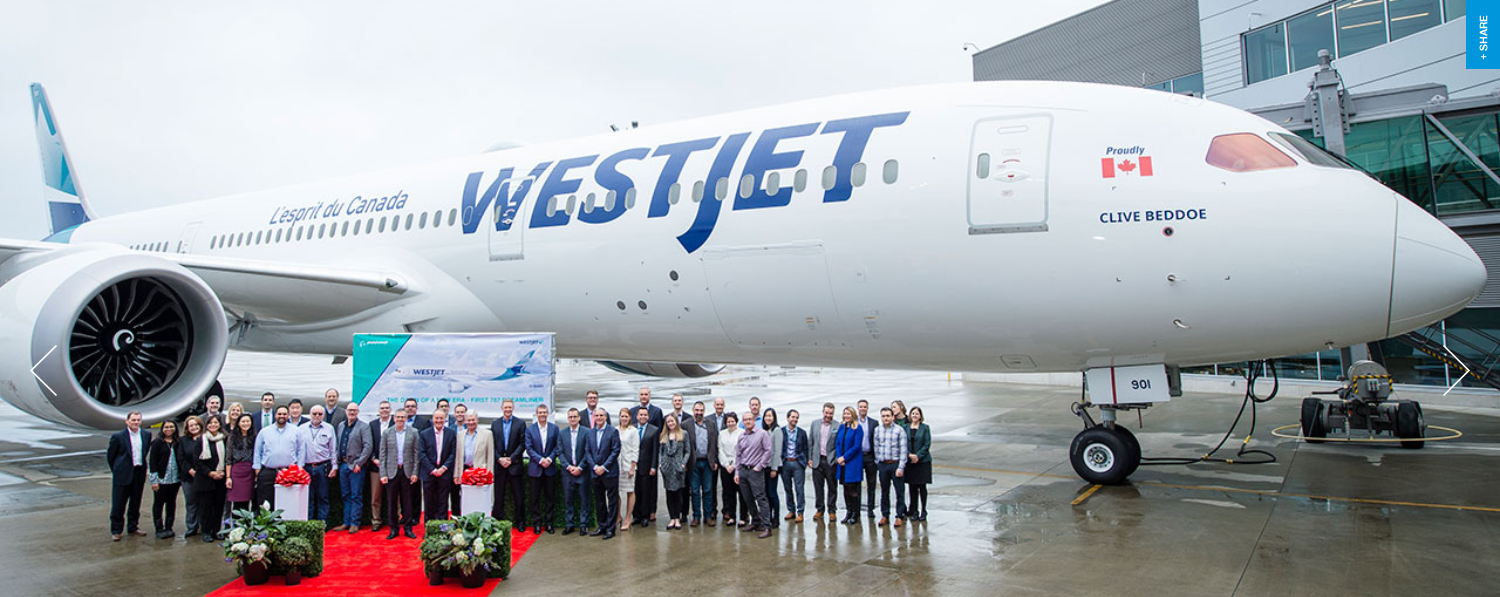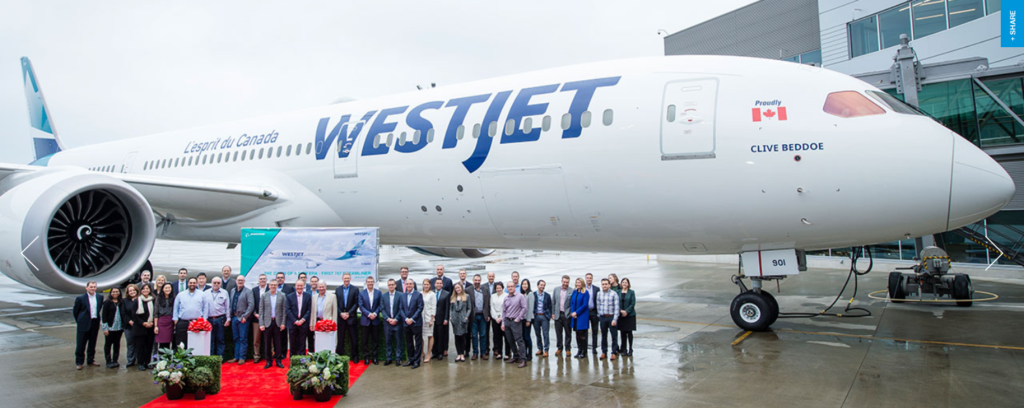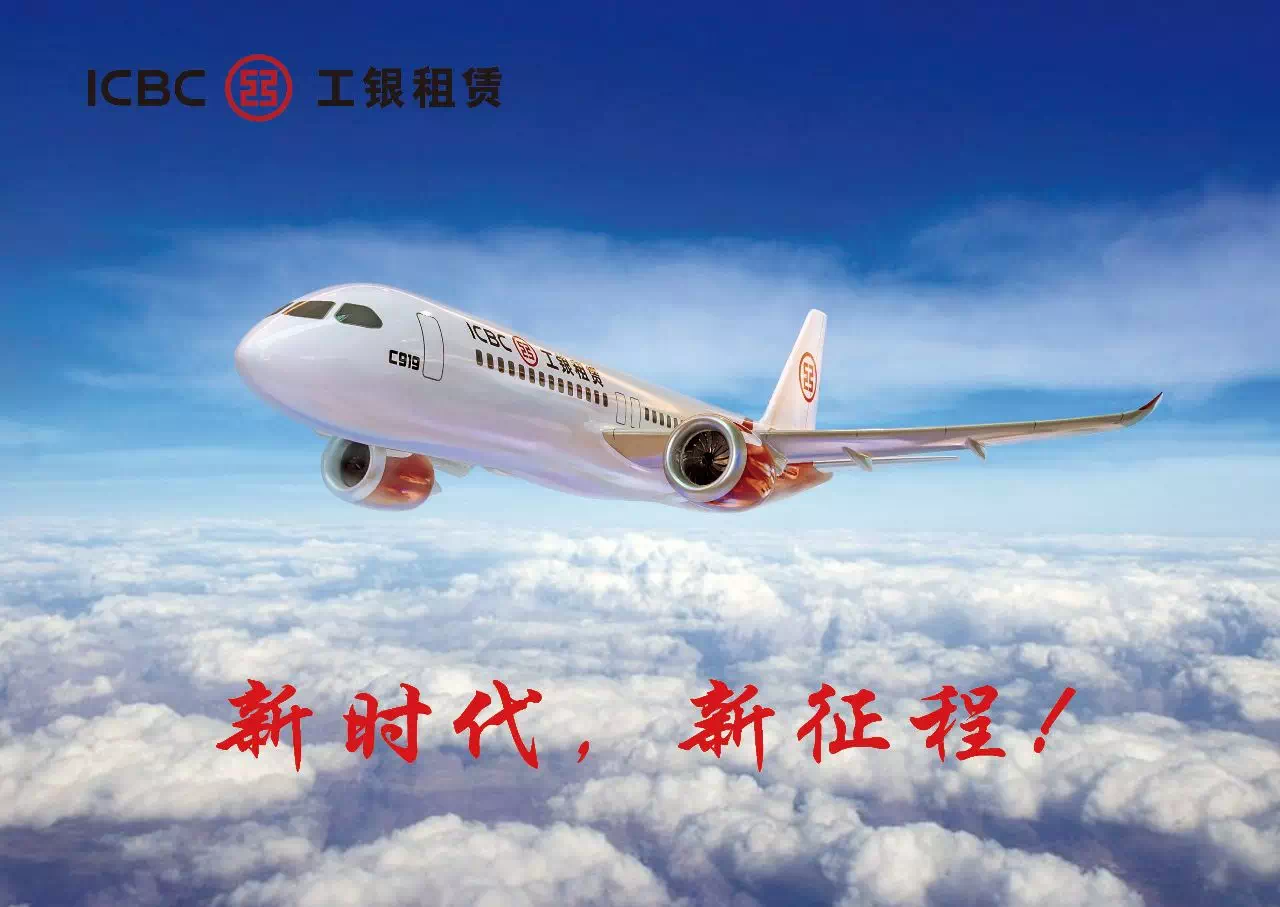June 2019 will see Thalys servicing new destinations — Paris Roissy-Charles de Gaulle airport and Marne-la-Vallée, which is en route to Disneyland Paris and the shopping outlets of La Vallée Village. With connections from Brussels, Antwerp, Rotterdam, Amsterdam Schiphol Airport and central Amsterdam, you won’t want to miss out on the new travel opportunities!
By the way, tickets are already available for booking, so get planning!
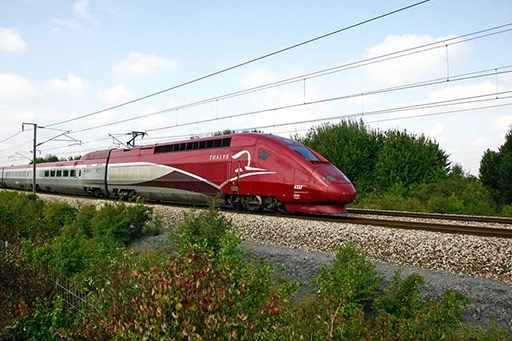
New Routes at Low Fares
Thalys will operate two daily services from Amsterdam Central and Amsterdam Schiphol Airport to Paris Roissy-Charles de Gaulle airport and Marne-la-Vallée. Stopping at Rotterdam, Anvers and Brussels, you can secure low fares by planning and booking in advance.
From Airport to Airport

If you’re spending part of your European vacation in Amsterdam, but flying out of Paris Charles de Gaulle (or visa versa), consider saving precious time and money by jumping on a Thalys train connecting the two cities instead of flying. Why? Because you will travel comfortably sans queues and rushing about. Spend that time relaxing in the comfortable seats while taking in the scenery planning your next trip!
Add the Magic of Disney!
You might be discovering the sites of Amsterdam or Brussels, but why not throw in a side trip to Disneyland Paris? Just jump on a Thalys train and change at Marne-la-Vallée. You might even fancy a spot of shopping at La Vallée Village while you’re there. Disneyland and shopping – now that’s a recipe for a some serious family fun!
The connections:
Amsterdam to Marne La Vallée: 3 hr 41 min
Rotterdam to Marne La Vallée: 3 hr 02 min
Antwerp to Marne La Vallée: 2 hr 26 min
Brussels to Marne La Vallée: 1 hr 33 min
New Look and Feel
Not only will there be new routes, Thalys trains will also have a new look in 2022. An exciting project between Belgian designer Axel Enthoven and French designer Matali Crasset, one major feature in the train’s new design is increased storage space for bicycles!





